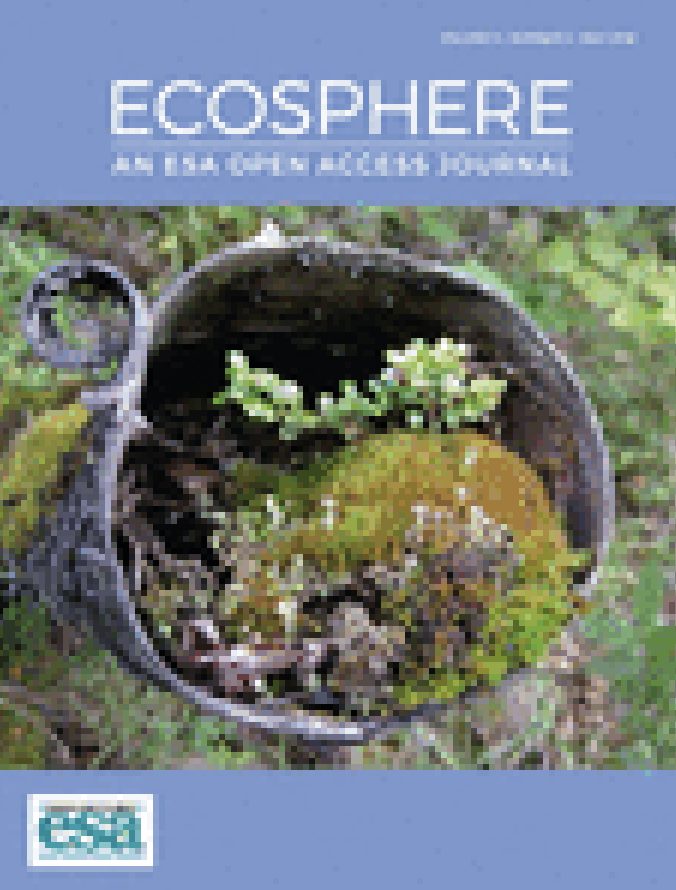Mediterranean-climate natural systems have high ecological value, yet the extent of their cover has diminished greatly due to changes in land use. Other stressors, ranging from intense short- term disturbances such as wildfire to more gradual events such as extended drought and continuous pressures including competition with invasive species, test the resistance and resilience of community composition and structure. Data from long-term monitoring provided an opportunity to evaluate the responses of three Southern California plant communities (chaparral, coastal sage scrub, and grass- land) to disturbances. We analyzed ten years of point intercept and quadrat data from Orange County to describe trends through time and assess community resistance and resilience. We found that grass- land communities, which were more degraded from the start of our study, were generally resistant to change. Chaparral was also fairly resistant to disturbance, while coastal sage scrub exhibited more variation, with some transects exhibiting more resilience than others. Transects with fewer native shrubs experienced less of a decline in shrub cover during drought than those with dense shrubs. Grasslands had the lowest native diversity. There were increases in native diversity in years with more precipitation that were preceded by dry years. There was a decline in native perennial bunch- grasses during our monitoring. Our analyses demonstrated the resilience of native shrub cover to fire and the susceptibility (low resistance) of dense native shrubs and native grasses to drought and increases in non-native species. We encourage academic ecologists to embrace diverse data sources available for hypothesis testing, especially monitoring efforts associated with regulatory purposes, to advance the goal of understanding long-term dynamics.
Resistance and resilience: ten years of monitoring shrub and prairie communities in Orange County, CA, USA


